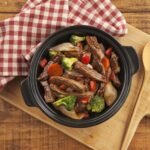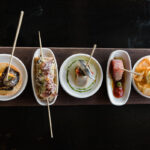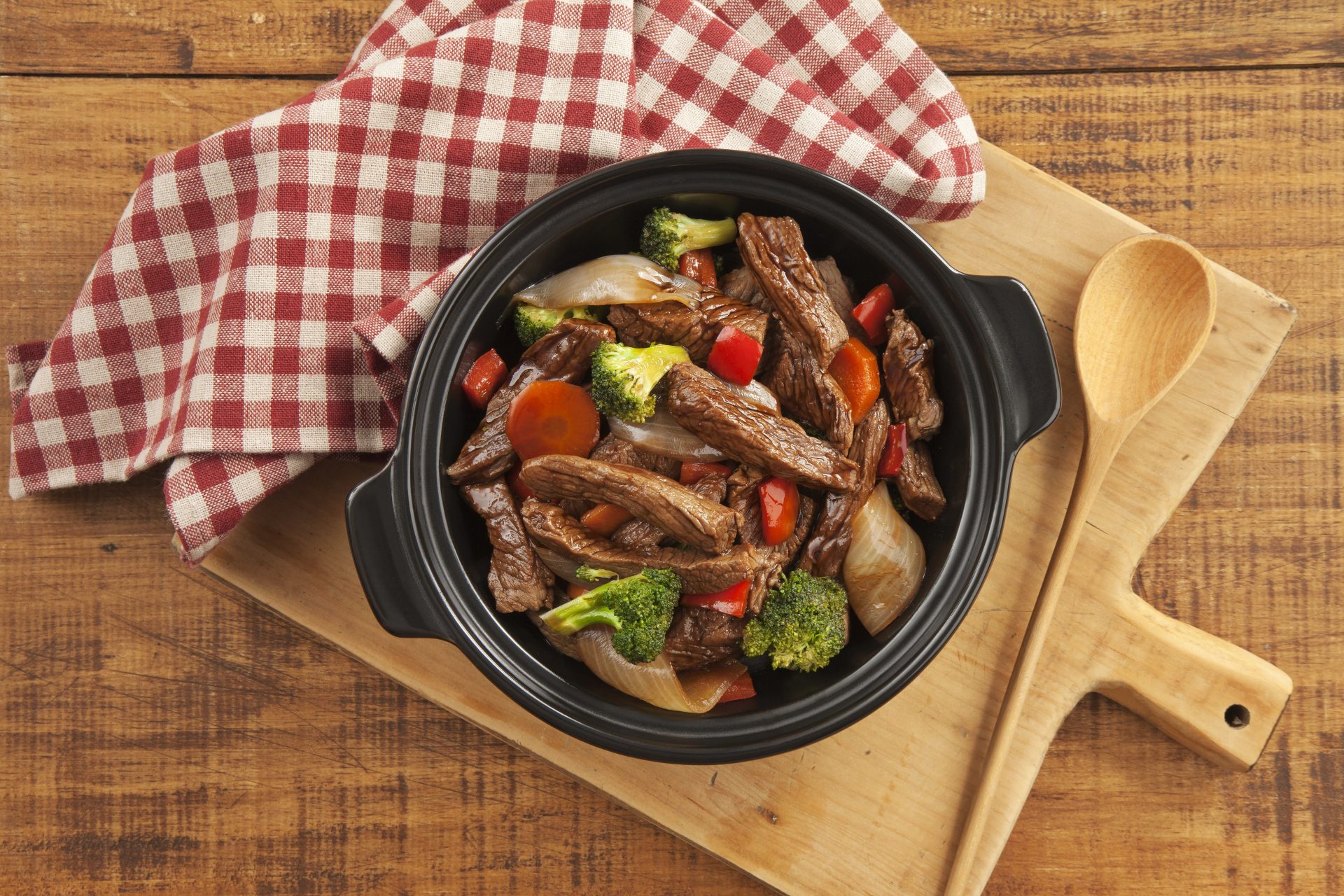(Author’s note: keep in mind that the word “recipe” came from the word “receipt,” which you will see used in early books.)
Our fascination with cookbooks has virtually no limit. Celebrity chefs make millions on their beautifully illustrated cookbooks, many of which are never really used other than for fantasy. And basic classics like Better Homes & Gardens, Betty Crocker or Pillsbury will always sell. But before the nineteenth century, if a young woman or servant wasn’t taught culinary skills growing up, she was in for a rough trial-and-error period as she found herself pressed into service with a new husband and growing family. If she was able to read, she might find a few well-worn stained pages to consult but that was the extent of it.
Early cookbooks were for the wealthy only (especially royalty) and most of the castle kitchen staff couldn’t read. Of course very early cookbooks proved to be a bit daunting for the average farmer’s wife, like Forme of Cury (14th century) by the Master Cooks of King Richard II of England. Seems the portions were a tad overwhelming and one meal might require spending an entire year’s food budget for the average peasant. In Germany and England many of the books were written by women, who saw what was needed in households with fewer or no servants, and understood what made it possible to simplify the dishes with less expensive ingredients.
So for basic bona fide cookbooks, here are some which stand out, many of which are still in publication today:
Hannah Glasse’s The Art of Cookery Made Plain and Easy (1747) was the top selling English-language cookbook for over a century, and had a major influence on early American cooking; even Martha Washington had a copy in her Mount Vernon kitchen;
Martha Bradley, in the 1756’s wrote The British Housewife taking recipes from earlier books but reworking them in her own personal style;
Fifteen Cent Dinners for Working-Men’s Families was published in New York in the late 1870s, and similar books could be found at the same time across Europe, a bit more practical for the average laborer. Presumably, creative ways to prepare poor man’s potatoes and turnips gave way to meats and fresh vegetables (hot dogs and boxed mac and cheese had not made their appearance yet);
Amelia Simmons’ American Cookery (1796) one of the first cookbooks printed in America, it made a significant impact on American colonials after the Revolutionary War;
Mary Randolph’s The Virginia Housewife (1824) still considered one of the best for authentic southern cuisine, it includes recipes for barbecued pork, okra soup, and numerous other traditional southern recipes (her brother was married to the daughter of first foodie president Thomas Jefferson, which didn’t hurt);
Lydia Marie Child’s The Frugal Housewife (1829), although a slim volume, it was popular with pioneers and light travelers, as it emphasized affordable, available foods (after all, there were no supermarkets on the frontier);
Eliza Leslie’s Directions for Cookery, In Its Various Branches (1837) the author of several volumes in the nineteenth century, her culinary fame began in 1828 with the publication of Seventy-Five Receipts for Pastry, Cakes, and Sweetmeats, a veritable bible for foodies with sweet tooths; inspiration came largely from the cooking school of Mrs. Goodfellow, a celebrated baker in Philadelphia;
The Confederate Receipt Book: A Compilation of Over One Hundred Receipts, adapted during the Civil War (1863) when Naval blockades prevented many foods from reaching the South,where growing cotton and tobacco was far more common than food;
Charles Ranhofer’s The Epicurean (1894) for over a century Delmonico’s Restaurant in New York City was the epitome of find dining during the late Victorian period, hosting dinners for presidents like Ulysses S. Grant, and writers like Charles Dickens; known for their unique and ornate presentations, the most elaborate of dishes were prepared under the masterful eye of chef Charles Ranhofer; this huge heavily-illustrated tome contains mostly classic French recipes;
Fannie Merritt Farmer’s Boston Cooking-School Cook Book (1896), and thanks to her we have detailed, step-by-step instructions in cookbooks that use standardized measurements for ingredients;
Rufus Estes’ Good Things To Eat (1911) his cookbook was preceded by the first from an African American, namely Robert Roberts’ The House Servant’s Directory from 1827, which featured recipes of the wealthy New England families he was accustomed to working for;
Irma Rombauer’s Joy of Cooking (1931) among the best-selling cookbooks in American publishing history, the Joy of Cooking was originally self-published by Mrs. Rombaue, keeping her busy after her husband died, but with its unexpected initial success, she entered into a contract with a publisher;
Landmark books and chefs which have made a major contribution over the last sixty or seventy years include:
Ruth Graves Wakefield, restaurant owner and the creator of the original Toll House cookie, was a popular cookbook writer in the 1930s;
Although more famous for her marijuana-laced brownies, Alice B. Toklas was actually an accomplished cook, and her mid-twentieth century cookbook made a major impression on cooks of the future; Julia Child’s cookbooks changed America’s basic more conservative cuisine;
One of the premier cookbooks of all time, Georges Auguste Escoffier, revered French chef and considered the father of fine French cuisine, published Le Guide Culinaire, in the early years of the 20th century;
So there you have it. A brief walk through time with those early pioneers who put the art of cooking on the map and still give foodies goose bumps.




